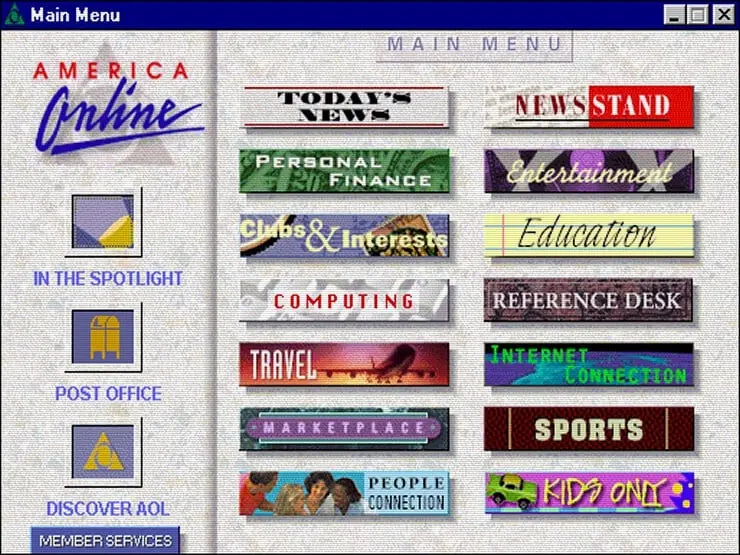
Ever since my dad brought home his Toshiba Satellite work laptop and we installed America Online in the early '90s, I’ve been hooked on computers and the Internet. There was something about that era — maybe it’s nostalgia, maybe rose-colored glasses — but the early web had a kind of charm. Sites were weird, designs were all over the place, and you could always tell what was a link. Nothing had to be mobile responsive. Every page felt handmade. It was chaotic, imperfect, and creative — the Wild West. And honestly, I miss it.
Now everything feels the same. Sites are built for Google first, users second. Mobile-first design, SEO compliance, accessibility lawsuits, and social media monopolies have all pushed the web into this sanitized sameness. Every site looks like a template. Every blog post reads like it was engineered for ranking, not for people. We traded personality for performance scores. There’s less discovery, less individuality. The freedom that made the early Internet feel alive is slowly being strangled out.
This site was built with React, TypeScript, and Tailwind, and deployed on Vercel — but the design is intentionally simple. It’s a nod to the early Internet, when websites were weird, personal, and built with intention. No trackers, no modals, no overdesigned UI patterns. You’d think, with a background in graphic design, I’d go flashier — but after years of watching clients compromise usability for trends or imaginary UX problems, I’ve come to value clarity and character over noise. That same approach carries into the work I do: thoughtful structure, clean code, and design that holds up over time. The early Internet wasn’t perfect, but it was personal. It wasn’t optimized, but it was human — and that spirit is what I wanted to capture here.